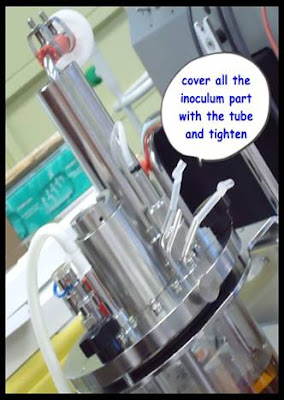Hallo.. Hallo.. Hallo!!!
Welcome to our blog!
A new knowledge.. A new experience..
Exclusive for the pioneers of USM Bioprocess Technology
Exclusive for the pioneers of USM Bioprocess Technology
This is the story about Mr. Fermenter.
The most precious instrument in our laboratory..
Precious because it is so expensive!
Precious because this is the fisrt time we handle it!
And of course it will be more precious because we might use Mr Fermenter for our final year project..
And who knows.. we might be the future bioprocess technologists!
So, lets get started to know more about him!
These are the list of the stories.. (click to read)







































